Standing in a dimly lit room, I watched a guitarist switch from a steel to a slide guitar mid-performance, and it was as if the entire atmosphere shifted. The audience, including myself, was transfixed, our senses sharpened by the change in sound and emotion. This is the power of choosing between a steel guitar vs slide guitar, a decision that can radically transform a musician’s journey. Over the years, I’ve encountered countless artists faced with this choice, each one left questioning: What makes them so different yet so mystically similar? As someone who has delved deeply into the nuances of these types of guitars, I aim to explore the characteristics and influence of both instruments through this article. From the types of guitars to their distinct techniques and suitable genres, the differences and similarities between steel and slide guitars hold significant sway over the music created. Join me as we unravel these truths together.
What is a Steel Guitar?
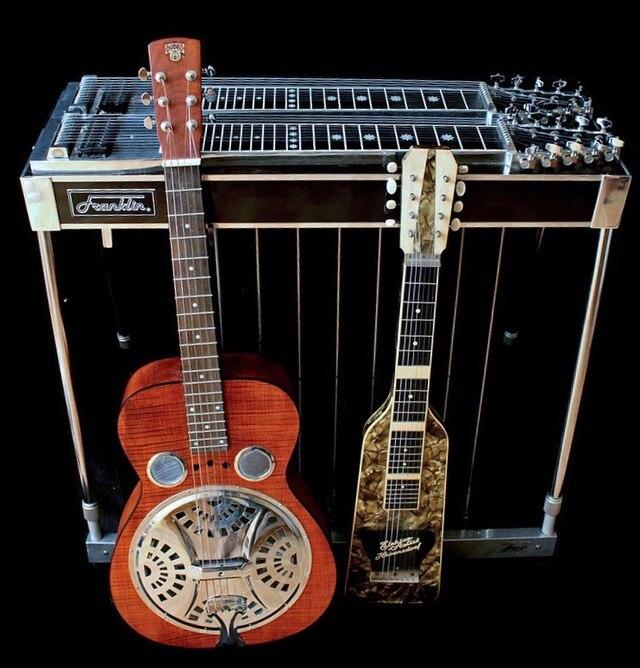
Did you know that the steel guitar has roots that stretch back to early 20th-century Hawaiian music, yet it continues to evolve in modern genres today? This intriguing journey began for me in my childhood, captivated by the distinct and versatile tones that steel guitars offer. A steel guitar isn’t just an instrument; it’s a creative platform that has consistently reinvented itself across different musical landscapes.
My fascination with steel guitars started with the resonant, sliding sounds I encountered in country and Hawaiian music. The defining characteristic of a steel guitar is its use of a metal bar, or “steel,” which players glide across the strings. Unlike typical guitars that involve fretting with fingers, the steel guitar produces its voice through this smooth gliding motion, allowing for a variety of expressive sound textures. This distinct technique opens up an array of possibilities in tone and emotion, adding layers to compositions that traditional guitars might not capture.
However, understanding its components is crucial. From lap steels to pedal steels, each variant has unique mechanics and tonal qualities. By delving into these specifics, I believe musicians can unlock new creative avenues, much like I did in my own musical exploration. The steel guitar is not merely a relic of the past but a vibrant tool for contemporary music creators, a testament to its enduring legacy and transformative power in the musical world.
What is a Slide Guitar?
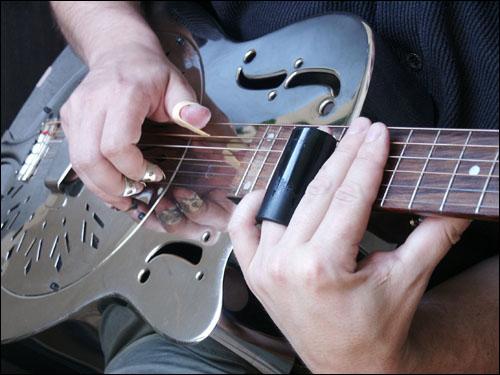
How can a simple piece of glass or metal transform a guitarist’s expression into something profoundly emotive? This question has long intrigued me, especially as someone whose career is deeply intertwined with the fabric of slide guitar music. For those who might not be familiar, a slide guitar, at its core, involves using a slide—usually a cylindrical tool made of glass, metal, or ceramic—to glide along the strings, replacing the conventional finger fretting technique. This method allows players to seamlessly shift between pitch tones, creating a smooth, expressive glide that mimics the human voice.
My journey with slide guitar began with a simple curiosity that soon evolved into a deep appreciation for its unique ability to convey emotion. In performances, I’ve found that the nuances of slide technique can transform a melody, allowing feelings to flow uninhibited through fluid slides and bends. This has always been the essence of slide guitar for me—its power to communicate emotions that words sometimes cannot.
Whether you’re a seasoned musician or a curious novice, understanding how the slide guitar works is crucial. It is not just about mastering a tool but about embracing a method that breathes life into a performance. As we delve deeper into this technique, its similarities and distinctions from the steel guitar become clearer, enriching our appreciation for both.
Key Differences Between Steel Guitar and Slide Guitar
Playing Technique
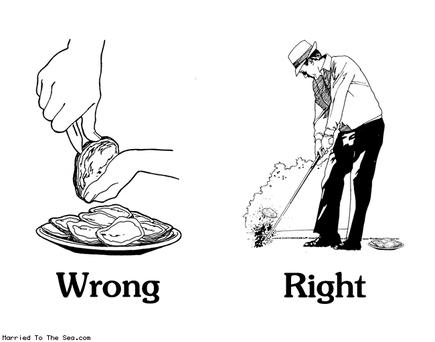
What if your playing technique could redefine how audiences connect with your music? This question is at the heart of understanding the key differences between the steel guitar and the slide guitar. In my experience, mastering the intricacies of either guitar style fundamentally changes the emotional resonance of a performance. When discussing steel guitar techniques, it’s essential to highlight the unique use of a steel bar, allowing for smooth, sustained notes that convey a lonesome, emotive sound. The steel guitar’s technique is about precision and an almost orchestral manipulation of sound.
On the other hand, slide guitar techniques rely on the player’s ability to control a slide device, often worn on the finger, to create gliding transitions between notes that evoke a raw, bluesy feel. Both styles demand a heightened awareness of positioning and pressure, but their distinct approaches shape the character and impact of the music produced. Choosing between these techniques is more than a technical decision; it’s about the musical narrative you wish to share.
As this exploration of playing technique highlights, these distinctions are not just mechanical—they transform how the listener perceives the music, creating a *rich tapestry of sound* that can speak deeply to the soul.
Equipment and Accessories
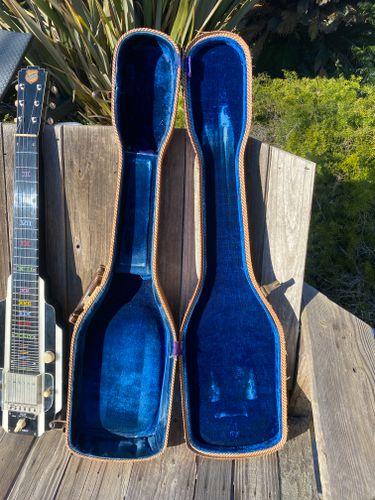
Could the right accessory be the key to unlocking a new dimension in your sound? My own journey in the world of stringed instruments has proven so. When exploring the key differences between a steel guitar and a slide guitar, the choice of equipment and accessories becomes paramount. I’ve found that these components fundamentally shape the experience of playing and the resulting tones. A well-chosen slide can transform a mundane passage into a soulful melody, elevating both playability and emotive expression.
With a steel guitar, specialized guitar accessories such as tone bars and fingerpicks open up a wealth of possibilities, ranging from warm sustain to intricate harmonics. Conversely, in the realm of slide guitar playing, the right slide—whether glass, metal, or ceramic—can significantly influence the resonance and texture of your sound. It’s intriguing how such choices can affect my technique, forcing me to adapt and, ultimately, refine my approach.
Through this lens of experimentation, I’ve discovered how vital these equipment choices are in highlighting and even bridging the distinctions between steel and slide guitars. As we expand our understanding of these fascinating instruments, consider how each thoughtful selection of gear might refine your own musical voice. This exploration continues as we delve into the myriad musical genres that bring out the best in steel and slide guitars.
Musical Genres for Steel and Slide Guitars

Have you ever wondered how a single instrument can dramatically shift the vibe of an entire genre? As I reflect on my years as the editor of ‘Acoustic Guitar,’ I’ve had the privilege of exploring how the steel and slide guitars, with their rich tonal textures and sonic possibilities, truly come alive within various musical settings.
When we consider country music, the steel guitar is often at the forefront, creating that unmistakable twang that evokes open roads and endless skies. I’ve seen countless artists harness the pedal steel to inject emotion and depth into their music. It’s not just about the notes they hit but how those emotive slides transform simple melodies into haunting expressions of storytelling.
In contrast, the slide guitar finds a prominent home in blues. The raw, gritty sound it brings can turn a somber tune into a powerful statement of loss, yearning, or triumph. I recall sitting with blues artists who, using nothing more than a bottleneck slide, could evoke the very soul of the Delta with just a few soulful notes.
Then there’s Hawaiian music, where the steel guitar conjures images of ocean waves and swaying palms. Its gentle, lyrical sound transports listeners with its airy, ethereal quality. Some of my most memorable experiences in music journalism involved witnessing these elements combine to create an atmosphere that words alone can’t capture.
Each time I delve into the world of steel and slide guitars, I’m reminded of their universal language—a soundscape adaptable to countless cultural narratives. Whether it be in jazz, rock, or even fusion genres, they shape the music in profound ways, providing a distinct voice that is both haunting and uplifting. This versatility is what draws me back, time and again, to these extraordinary instruments.
How to Choose Between Steel Guitar and Slide Guitar
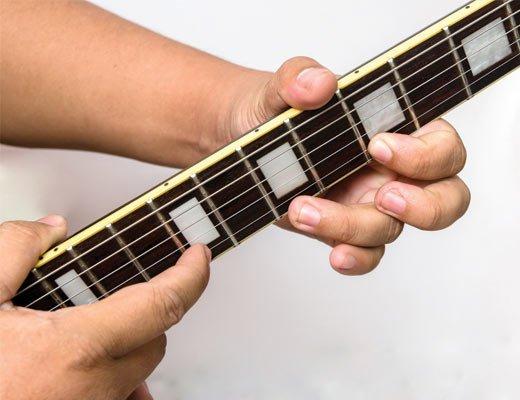
In teaching guitar, I’ve encountered many students struggling with the choice between steel guitar and slide guitar. It’s essential to understand not only your preferences but also what resonates with your musical goals. As someone who has spent years delving into the nuances of each, I’ve seen firsthand how this decision can significantly impact your musical journey. You might wonder, What criteria should guide your choice: your style, sound preference, or even the emotional connection to each instrument? Reflecting on this can illuminate a path that aligns with your artistic vision.
From my perspective, the journey begins with understanding your style. Are you drawn to the lush, expansive soundscapes of country and Hawaiian music? If so, the steel guitar might naturally appeal to you with its unique tunings and pedal mechanics that allow for sweeping glissandos. The slide guitar, however, may better suit those who revel in the raw, expressive tones often found in blues and rock, where the slide becomes an extension of your voice, offering a direct emotional outlet.
Sound preference is another pivotal factor. Do you cherish the shimmering, bell-like tones of a steel guitar, or does the gritty, emotive voice of the slide guitar resonate more with your soul? For me, finding that connection was pivotal in shaping my own musical identity. It’s less about choosing the right instrument objectively, and more about discovering which instrument speaks to your creative spirit and helps articulate your emotions most effectively.
FAQs
What are the main differences between a steel guitar and a slide guitar?
Can a steel guitar be played in the same styles as a slide guitar?
What similarities do steel guitars and slide guitars share?
Do both steel and slide guitars require special equipment?
Conclusion
In the end, which guitar will resonate with your unique musical voice? As I pen this conclusion, I’m reminded that both steel and slide guitars offer pathways to expression. The heart of the steel guitar vs slide guitar debate lies in their distinct sounds and techniques. While one embraces the pedal-driven mechanics, the other thrives on a slide’s fluid touch. Your choice will shape your musical journey profoundly. With understanding and exploration, you’ll find the type of guitar that truly amplifies your artistic intent. My experience with these instruments has taught me that the journey is as enriching as the destination.

